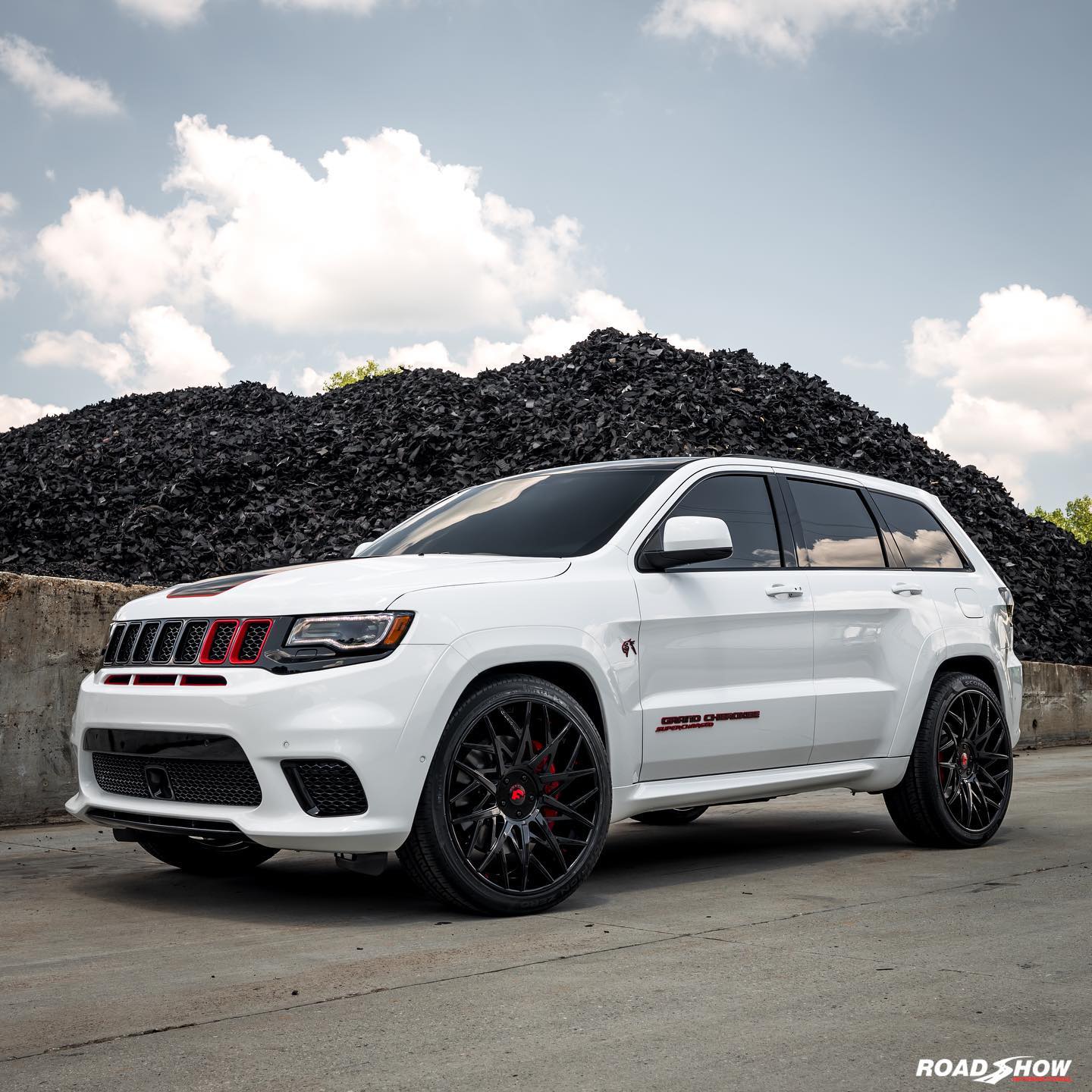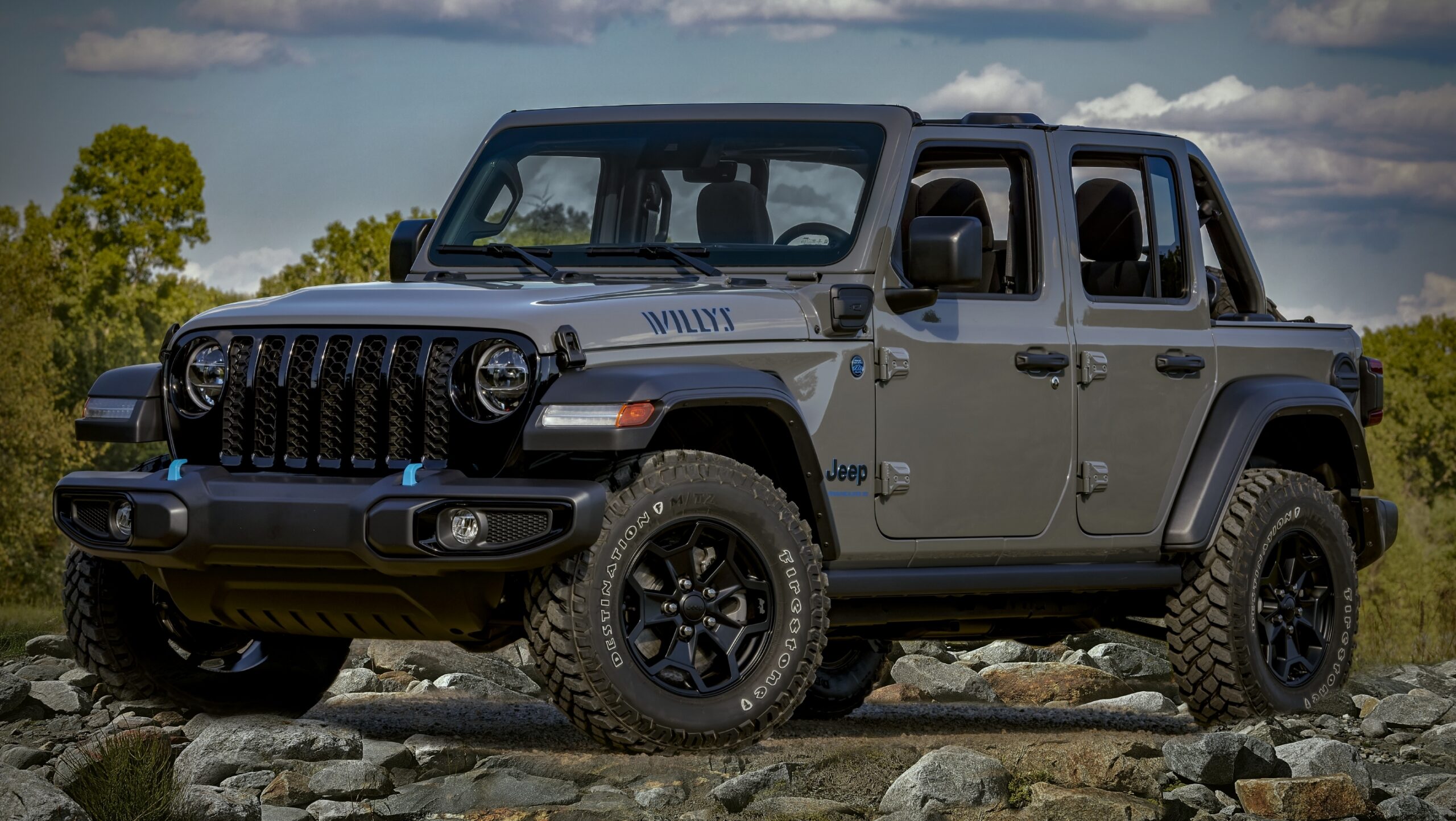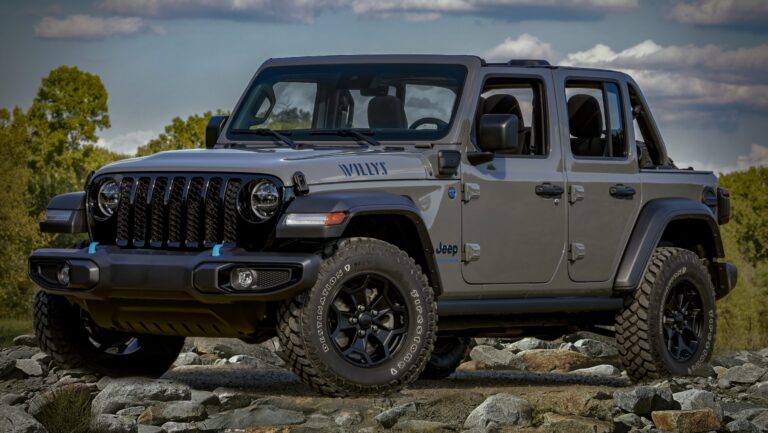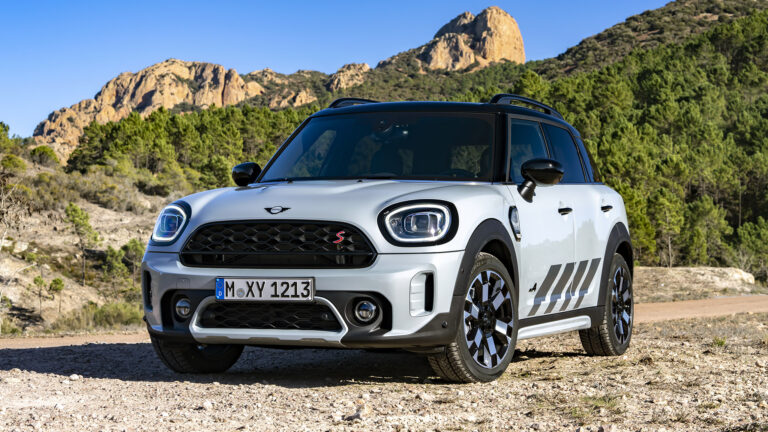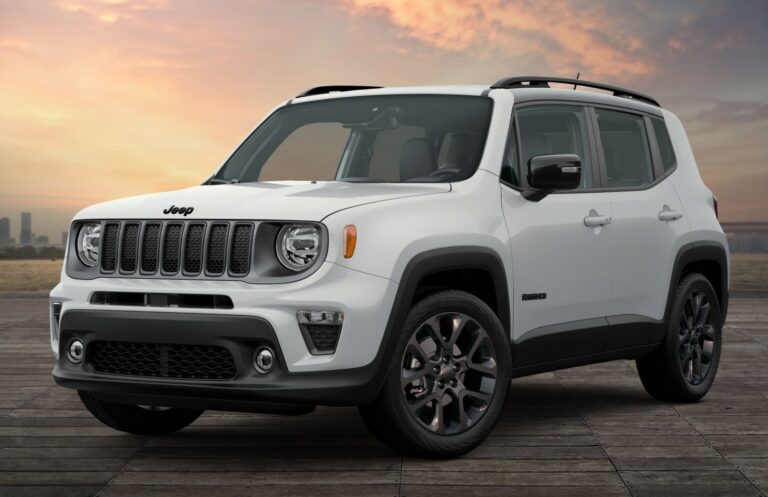Jeep Comanche MJ For Sale: Your Definitive Guide to Finding, Inspecting, and Owning This Cult Classic Pickup
Jeep Comanche MJ For Sale: Your Definitive Guide to Finding, Inspecting, and Owning This Cult Classic Pickup jeeps.truckstrend.com
The Jeep Comanche MJ, a unique blend of rugged utility and compact maneuverability, stands as an enduring testament to a bygone era of American automotive innovation. Produced from 1986 to 1992, this pickup truck, built on the venerable Jeep Cherokee (XJ) platform, carved out a niche for itself with its unibody construction, robust powertrain options, and surprising off-road prowess. For enthusiasts and practical users alike, the prospect of a "Jeep Comanche MJ For Sale" ignites a spark of excitement, representing not just a vehicle, but a piece of automotive history that continues to prove its worth decades later.
This comprehensive guide aims to be your definitive resource, navigating the landscape of finding, evaluating, and ultimately owning a Jeep Comanche MJ. Whether you’re a seasoned Jeeper or a newcomer drawn to its distinctive charm, understanding what makes the MJ special, what to look for, and what challenges to anticipate is crucial for a successful purchase.
Jeep Comanche MJ For Sale: Your Definitive Guide to Finding, Inspecting, and Owning This Cult Classic Pickup
The Enduring Appeal: Why the Comanche MJ Still Commands Attention
Born from a time when compact trucks were truly compact, the Jeep Comanche MJ emerged as a more car-like alternative to traditional body-on-frame pickups. Its unibody design, shared with the incredibly popular Cherokee XJ, offered a smoother ride and better handling than its competitors, while retaining the legendary Jeep capability.
Key aspects that contribute to its lasting appeal include:
- Unique Design: It’s a truck with SUV DNA. The MJ visually differentiates itself with its integrated bed and classic Jeep front end, making it instantly recognizable and increasingly rare.
- Rugged Reliability: Especially when equipped with the revered 4.0-liter inline-six engine, the Comanche is known for its incredible durability and longevity, often reaching hundreds of thousands of miles with proper maintenance.
- Off-Road Prowess: Sharing the XJ’s solid axles (Dana 30 front, various rears) and robust 4WD systems (like the NP231 transfer case), the Comanche is an incredibly capable off-roader right out of the box, and a fantastic platform for further modification.
- Versatility: It offers the utility of a pickup bed for hauling, combined with the more comfortable and agile driving dynamics of an SUV.
- Strong Aftermarket Support: Thanks to its XJ lineage, a vast array of aftermarket parts, upgrades, and modification options are readily available, making customization and repair relatively straightforward.
- Classic Status: As time passes, well-preserved Comanches are appreciating in value, transitioning from mere used vehicles to sought-after classics and potential investments.

What to Look For When a Jeep Comanche MJ is For Sale: A Comprehensive Inspection Guide
Finding a Jeep Comanche MJ for sale is just the first step; a thorough inspection is paramount to avoid costly surprises. Given their age, most MJs will have some quirks, but knowing what to prioritize can save you a lot of headaches.

1. Rust, Rust, and More Rust: This is the MJ’s Achilles’ heel, especially in rust-belt regions.
- Frame Rails: Critically inspect the unibody frame rails, particularly under the front doors, around the rear leaf spring mounts, and where the bed meets the cab. Look for flaking, holes, or signs of extensive repair.
- Floor Pans & Rocker Panels: Check inside the cab, under the carpets, and along the exterior rocker panels for rot.
- Bed: Examine the bed floor, inner wheel wells, and the area where the bed sides meet the tailgate.
- Rear Quarter Panels: These areas, behind the rear wheels, are notorious for rust due to trapped moisture.
- Doors & Fenders: Check the bottom edges of doors and the inner fenders for bubbling paint or perforations.
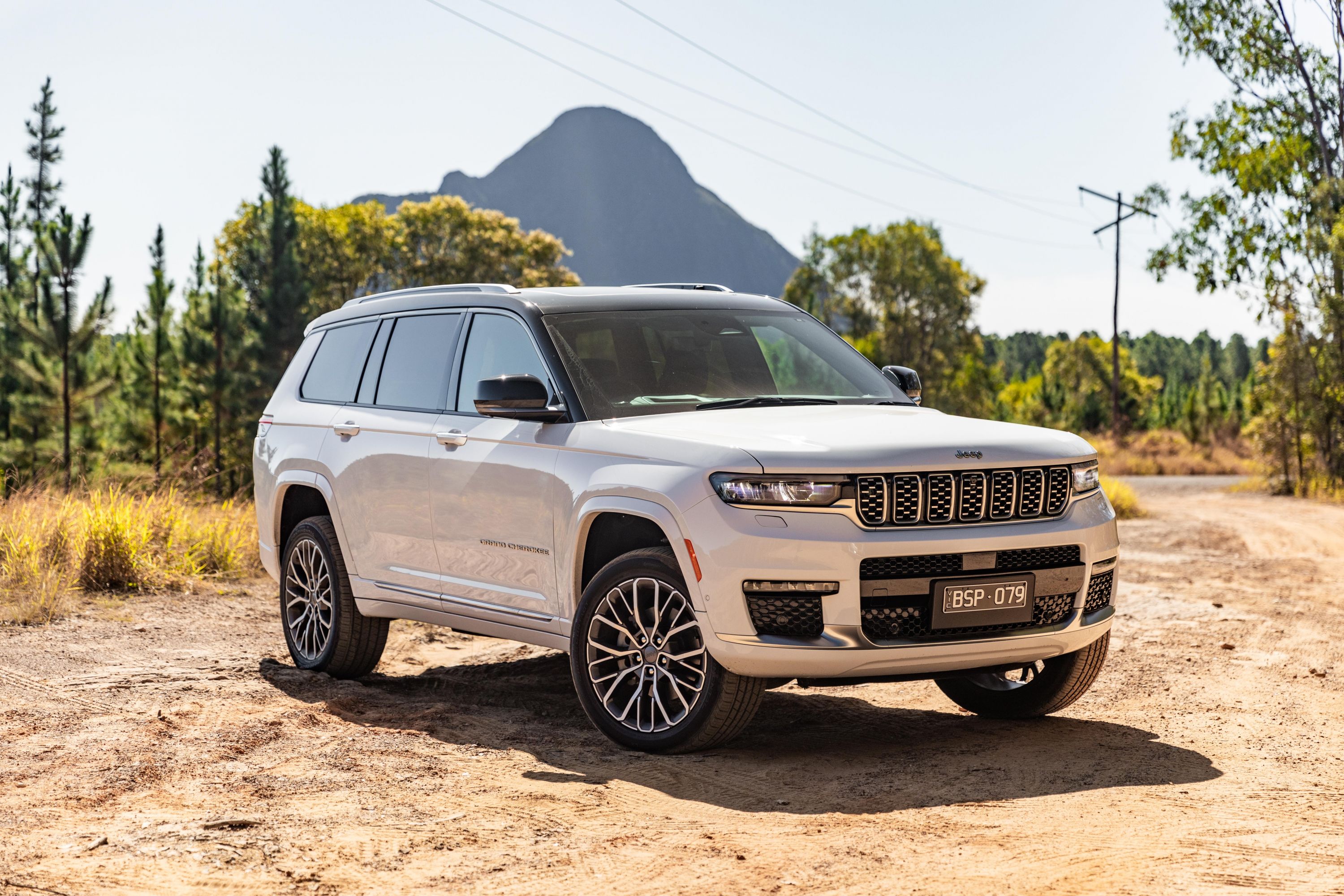
2. Engine Health (The Heart of the MJ):
- 4.0L Inline-Six (Renesis 1987-1990, High Output 1991-1992): This is the preferred engine. Listen for knocking, ticking (especially valvetrain noise), or misfires. Check for oil leaks (rear main seal is common but often minor, valve cover gasket), coolant leaks, and signs of overheating. Ensure the engine starts easily and idles smoothly.
- 2.5L Inline-Four: A reliable but less powerful option. Similar checks for leaks and smooth operation apply.
- 2.8L GM V6 (1986): Avoid if possible. These engines are underpowered and known for reliability issues.
3. Transmission and Drivetrain:
- AW4 Automatic (most common): Test all gears (P-R-N-D-3-1). Shifting should be smooth, without harsh clunks or slips. Check for fluid leaks (pan gasket, output shaft seals).
- AX-15 Manual (5-speed): Ensure smooth engagement into all gears, no grinding, and a solid clutch pedal feel.
- Transfer Case (NP231, NP207, NP229): Engage 2WD, 4-High, and 4-Low. Listen for grinding or binding. Check for leaks around the seals.
- Axles: Check for excessive play in the U-joints and wheel bearings. Listen for humming or clunking from the differentials. Inspect differential covers for leaks.
4. Suspension and Steering:
- Steering: Check for excessive play in the steering wheel, which could indicate worn steering box, tie rod ends, or ball joints.
- Suspension: Look for sagging (especially the rear leaf springs), worn bushings (control arms, leaf springs), and leaky shocks. Bounce each corner to check shock effectiveness.
5. Electrical System:
- Test all lights (headlights, taillights, turn signals, brake lights), wipers, power windows, power locks, radio, and HVAC fan.
- Pay attention to the gauge cluster; ensure all gauges are functional.
- Flickering lights or intermittent issues could point to grounding problems, which are common on older Jeeps.
6. Interior Condition:
- Check for cracks in the dashboard (very common), tears in seats, and water stains (indicating leaks).
- Ensure all seatbelts function correctly.
7. Documentation:
- Ensure it’s clear and matches the VIN on the vehicle.
- Maintenance Records: Any history of oil changes, transmission services, or major repairs is a huge plus.
Common Issues and Potential Challenges (with Solutions)
Owning an older vehicle like the Comanche MJ comes with its quirks. Here are some common challenges and how to approach them:
- Rust Mitigation: If rust is present but not structural, it can be addressed with welding, patch panels, or rust converters. For extensive frame rust, professional repair is often necessary and can be costly.
- Aging Rubber Components: Bushings, seals, and hoses will likely need replacement. This is standard maintenance for a vehicle of this age and parts are generally inexpensive and readily available.
- Electrical Gremlins: Often related to poor grounds or corroded connectors. Cleaning grounds, checking wiring harnesses, and replacing faulty sensors can resolve most issues.
- Sagging Leaf Springs: The original rear leaf springs are notorious for sagging. Aftermarket heavy-duty leaf springs or an "add-a-leaf" kit are common solutions.
- Finding Unmolested Examples: Many MJs have been used hard, modified, or neglected. Patience is key when searching for a well-preserved or minimally modified truck.
Types and Categories of Jeep Comanche MJs
While all MJs share the same unibody platform, variations exist that influence their appeal and price:
- Bed Length:
- Short Bed (6-foot): More common, slightly better maneuverability.
- Long Bed (7-foot): Less common, offers more utility for hauling longer items.
- Drivetrain:
- 2WD: Generally less desirable for enthusiasts but can be a good budget option or a basis for a custom build.
- 4WD: The most sought-after configuration, offering true off-road capability.
- Engine:
- 4.0L I6: The gold standard for power and reliability.
- 2.5L I4: Economical but less powerful.
- 2.8L V6: Generally avoided due to reliability issues.
- Trim Levels: From the basic "Pioneer" to the more luxurious "Laredo" or sporty "Eliminator," trim levels influenced interior features, styling, and available options.
Practical Advice and Actionable Insights for Your Purchase
- Set a Realistic Budget: Beyond the purchase price, factor in potential immediate repairs, fluids, tires, and any desired upgrades. Older vehicles always need some TLC.
- Do Your Research: Understand the common issues for the specific year and engine you’re looking at. Read owner forums and watch inspection videos.
- Be Patient: The right Comanche MJ might not appear overnight. Don’t rush into a purchase.
- Inspect Thoroughly: Use a checklist (like the one above). Bring a flashlight, a magnet (to detect body filler over rust), and a knowledgeable friend if possible.
- Test Drive: Drive it on various surfaces if possible – highway, city, and even some light off-road if permitted. Test the brakes, steering, and all gears. Listen for unusual noises.
- Pre-Purchase Inspection (PPI): If you’re serious about a vehicle, consider having a trusted independent mechanic (especially one familiar with Jeeps) perform a PPI. This small investment can save you thousands.
- Negotiate: Be prepared to negotiate, especially if you find issues during your inspection. Use any identified flaws as leverage.
Jeep Comanche MJ For Sale: Estimated Price Table (as of Mid-2024)
Prices for Jeep Comanche MJs can vary wildly based on condition, mileage, engine, drivetrain, location, and the seller’s urgency. This table provides a general guideline:
| Condition Category | Key Characteristics | 2WD (4.0L) Price Range | 4WD (4.0L) Price Range | Notes |
|---|---|---|---|---|
| Poor/Parts | Significant rust, non-running, major mechanical issues, incomplete. | $500 – $2,000 | $1,000 – $3,000 | Suitable for restoration projects or parts donors. Expect major investment in time and money. |
| Fair | Running but needs significant work (rust repair, major mechanical), high mileage, rough interior. | $2,500 – $5,000 | $4,000 – $7,000 | Drivable, but requires immediate attention. Good for those willing to do substantial DIY work. |
| Good | Minimal rust, mechanically sound (may need minor fixes), decent interior, average mileage. | $5,500 – $9,000 | $7,500 – $12,000 | A solid driver. May have minor cosmetic flaws or need some deferred maintenance. Most common purchase. |
| Excellent | Very little to no rust, mechanically excellent, clean interior, low to moderate mileage, well-maintained. | $9,500 – $15,000 | $12,500 – $25,000+ | Rare finds. Often restored or meticulously cared for. Eliminator/Long Bed/HO 4WD can command top dollar. |
Important Considerations for Pricing:
- Engine Type: 4.0L I6 models are consistently more valuable than 2.5L I4 or the rare 2.8L V6.
- Mileage: Lower mileage generally means higher prices, but condition and maintenance history are more critical than just the odometer reading.
- Long Bed vs. Short Bed: Long beds are rarer and often command a slight premium, especially in excellent condition.
- Location: Prices can be higher in regions where MJs are scarce or in high demand (e.g., rust-free states).
- Modifications: Well-executed, tasteful modifications (e.g., quality lift, desirable axles) can add value, but poorly done or extreme mods can detract.
- Trim Level: Eliminator and Laredo trims, especially with desirable options, can be more valuable.
Frequently Asked Questions (FAQ) about Jeep Comanche MJ For Sale
Q1: Is a Jeep Comanche MJ a good daily driver?
A1: Yes, especially a 4.0L model. While they are older vehicles, their robust mechanics and simple design make them surprisingly reliable. However, be prepared for less modern amenities and fuel economy compared to newer vehicles.
Q2: Are parts for the Jeep Comanche hard to find?
A2: Generally, no. Thanks to its shared platform with the Jeep Cherokee (XJ), most mechanical and many body/interior parts are readily available from aftermarket suppliers or salvage yards. Specific MJ-only bed parts can be harder to source.
Q3: What’s the best engine for a Comanche MJ?
A3: The 4.0-liter inline-six (I6) engine is overwhelmingly considered the best for its power, reliability, and longevity. The later High Output (HO) version (1991-1992) offers slightly more power than the earlier Renix (1987-1990) variant.
Q4: What’s the difference between the Renix and HO 4.0L engines?
A4: The Renix (1987-1990) uses a unique engine management system and has a slightly lower horsepower rating. The High Output (HO) (1991-1992) uses a Chrysler-designed engine management system, offers more horsepower, and is generally preferred for its simplicity and power.
Q5: Can the Jeep Comanche MJ off-road well?
A5: Absolutely. Sharing the XJ’s proven unibody and solid axle design, the 4WD Comanche is an incredibly capable off-roader, often surprising larger, more modern trucks. Its compact size also makes it agile on tight trails.
Q6: Is a Jeep Comanche MJ a good investment?
A6: For well-preserved, low-mileage, or expertly restored examples, yes, they are showing signs of appreciation. For average condition vehicles, they are more of a passion purchase than a pure investment, but their value is likely to hold or slowly increase over time, unlike many other older trucks.
Q7: What’s the typical fuel economy for a Comanche MJ?
A7: Fuel economy varies by engine and drivetrain, but generally expect 15-20 MPG for a 4.0L 4WD, and slightly better for a 2WD or 2.5L model. Factors like tire size, lift, and driving style significantly impact these figures.
Conclusion: The Enduring Legacy of the Jeep Comanche MJ
The search for a "Jeep Comanche MJ For Sale" is more than just looking for a used truck; it’s an quest for a unique piece of automotive heritage. The MJ represents a sweet spot of utility, capability, and classic design that resonates deeply with a dedicated community. While the journey to finding and restoring the right one may present challenges, the rewards of owning and driving this iconic Jeep are immeasurable. With its rugged charm, surprising versatility, and the unwavering support of a passionate community, the Jeep Comanche MJ continues to prove that some legends only get better with age. Embark on your search with knowledge, patience, and a touch of enthusiasm, and you might just find your perfect piece of Jeep history waiting for you.
